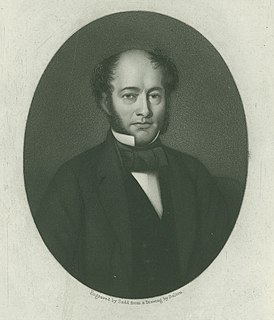 W
WSir William à Beckett was a British barrister and the first Chief Justice of the Supreme Court of Victoria.
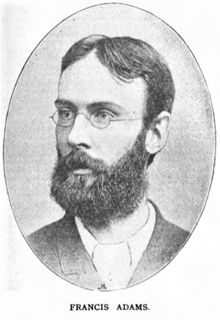 W
WFrancis William Lauderdale Adams was an essayist, poet, dramatist, novelist and journalist who produced a large volume of work in his short life.
 W
WZara Baar Aronson was a Sydney-based journalist, editor, welfare worker, feminist and restaurateur of Jewish background. She was born in Australia but spent her formative years in Europe, before returning to Sydney where she became a socialite as well as a social columnist and journalist in a number of major newspapers across Australian cities. She pursued social and charity work as well as her own business in publishing, food and catering. Aronson helped form the Society for Women Writers and a local branch of John O'London's Literary Circle, and was a founding member and secretary of the National Council of Women of Australia. During World War II she raised funds for the Junior Red Cross by selling a cookery book, after which she published another well-relieved cookbook, Twentieth Century Cookery Practice. In later life she was made a civil officer of the Order of the British Empire for her services to the community.
 W
WCaroline Louisa Waring Atkinson best known as Louisa Atkinson, was an early Australian writer, botanist and illustrator. While she was well known for her fiction during her lifetime, her long-term significance rests on her botanical work. She is regarded as a ground-breaker for Australian women in journalism and natural science, and is significant in her time for her sympathetic references to Aboriginal Australians in her writings and her encouragement of conservation.
 W
WEdith Annesley Badham was an Australian educator and headmistress of the Sydney Church of England Girls Grammar School in Darlinghurst, New South Wales, now known as SCEGGS Darlinghurst.
 W
WBarbara Janet Baynton was an Australian writer known primarily for her short stories about life in the bush. She published the collection Bush Studies (1902) and the novel Human Toll (1907), as well as writing for The Bulletin and The Sydney Morning Herald. She was a shrewd manager of her second husband's estate, owning properties in Melbourne and London. She acquired the title Lady Headley from her third marriage to Rowland Allanson-Winn, 5th Baron Headley, but never wrote under that name.
 W
WPeter Beveridge was a grazier and author in colonial Australia.
 W
WThomas Alexander Browne was an Australian author who published many of his works under the pseudonym Rolf Boldrewood. He is best known for his 1882 bushranging novel Robbery Under Arms.
 W
WGeorge Collingridge (1847–1931) was an Australian writer and illustrator best known today for his early assertions of Portuguese discovery of Australia in the 16th century.
 W
WCaroline Dexter was an English-Australian dress reformer, writer, and feminist.
 W
WEdward George Dyson, or 'Ted' Dyson, was an Australian journalist, poet, playwright and short story writer. He was the elder brother of illustrators Will Dyson (1880–1938) and Ambrose Dyson (1876–1913), with three sisters also of artistic and literary praise.
 W
WStella Maria Sarah Miles Franklin, known as Miles Franklin, was an Australian writer and feminist who is best known for her novel My Brilliant Career, published by Blackwoods of Edinburgh in 1901. While she wrote throughout her life, her other major literary success, All That Swagger, was not published until 1936.
 W
WMary Eliza Bakewell Gaunt was an Australian novelist.
 W
WHenry Archibald Hertzberg Lawson was an Australian writer and bush poet. Along with his contemporary Banjo Paterson, Lawson is among the best-known Australian poets and fiction writers of the colonial period and is often called Australia's "greatest short story writer".
 W
WLouisa Lawson was an Australian poet, writer, publisher, suffragist, and feminist. She was the mother of the poet and author Henry Lawson.
 W
WGeorge Ettienne Loyau was an English-born traveller, poet and historian in Australia, best known as the author and editor of Notable South Australians.
 W
WElizabeth Macarthur was an Anglo-Australian pastoralist and merchant, and wife of John Macarthur.
 W
WMarie Louise Hamilton Mack was an Australian poet, journalist and novelist. She is most known for her writings and her involvement in World War I in 1914 as the first woman war correspondent in Belgium.
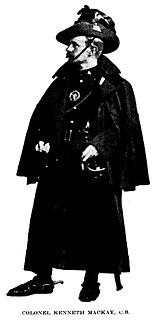 W
WMajor-General James Alexander Kenneth Mackay,, usually known as Kenneth Mackay, was an Australian soldier and politician.
 W
WCatherine Edith Macauley Martin was an Australian novelist who used the pseudonyms M.C. or Mrs Alick MacLeod, or published anonymously.
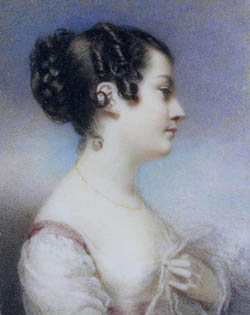 W
WGeorgiana Huntly McCrae was an English-Australian painter and diarist.
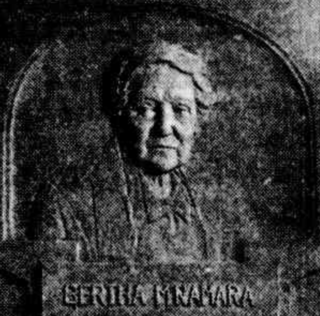 W
WMatilda Emilie Bertha McNamara was an Australian political activist and writer. She was born in Prussia and arrived in Australia as a teenager. She became involved in the labour movement in the early 1890s, running a socialist bookshop in Melbourne and authoring numerous political pamphlets; she was eulogised as "the mother of the labour movement". She was the mother of eleven children, and her sons-in-law included the writer Henry Lawson and politician Jack Lang.
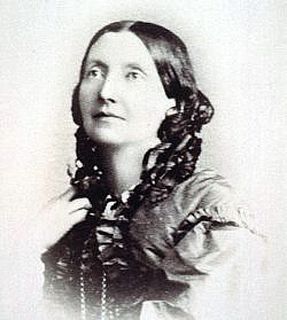 W
WLouisa Anne Meredith, also known as Louisa Anne Twamley, was an Anglo/Australian writer, illustrator and possibly one of Australia's earliest photographers.
 W
WJohn Shaw Neilson was an Australian poet. Slightly built, for most of his life he worked as a labourer, fruit-picking, clearing scrub, navvying and working in quarries, and, after 1928, working as a messenger with the Country Roads Board in Melbourne. Largely untrained and only basically educated, Neilson became known as one of Australia's finest lyric poets, who wrote a great deal about the natural world, and the beauty in it.
 W
WAndrew Barton "Banjo" Paterson, was an Australian bush poet, journalist and author. He wrote many ballads and poems about Australian life, focusing particularly on the rural and outback areas, including the district around Binalong, New South Wales, where he spent much of his childhood. Paterson's more notable poems include "Clancy of the Overflow" (1889), "The Man from Snowy River" (1890) and "Waltzing Matilda" (1895), regarded widely as Australia's unofficial national anthem.
 W
WEthel Charlotte Pedley was an English-Australian author and musician.
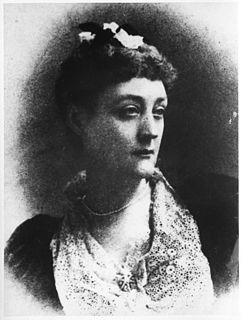 W
WRosa Campbell Praed, often credited as Mrs. Campbell Praed, was an Australian novelist in the 19th and early 20th centuries. Her large bibliography covered multiple genres, and books for children as well as adults. She has been described as the first Australian novelist to achieve a significant international reputation.
 W
WCatherine Helen Spence was a Scottish-born Australian author, teacher, journalist, politician, leading suffragist, and Georgist. Spence was also a minister of religion and social worker, and supporter of electoral proportional representation. In 1897 she became Australia's first female political candidate after standing (unsuccessfully) for the Federal Convention held in Adelaide. Called the "Greatest Australian Woman" by Miles Franklin and by the age of 80 dubbed the "Grand Old Woman of Australia", Spence was commemorated on the Australian five-dollar note issued for the Centenary of Federation of Australia.
 W
WEdith Alice Waterworth was an Australian welfare worker, columnist and women's rights activist from the 19th century. She fought to liberalise Tasmania for women and she often petitioned the government to implement these changes.